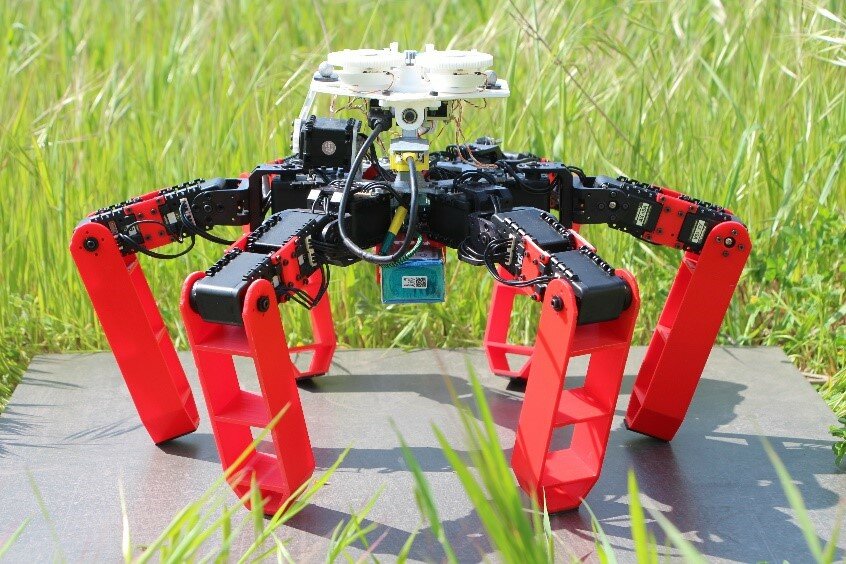Our vision is insensitive to UV radiation and polarized light. Other species, such as desert ants, on the other hand, use UV and polarized light for navigation. These tiny creatures can cross a few hundred meters in direct sunlight without getting lost.
CNRS and Aix-Marseille University researchers got an inspiration from desert ants to create an AntBot, a robot that navigates in space similar to these miniature creatures.
How Robots Work without GPS
Desert ants don’t use pheromones and their navigation capabilities rely on two pieces of information: a compass so they can orient themselves with polarized light and the distance they covered with their eyes.
The robot has an optical compass to locate itself with the help of polarized light, and an optical movement sensor which measures the distance the robot covered. AntBot is able to “explore its environment and to return on its own to its base, with
According to TechXplore, “the optical compass developed by the scientists is sensitive to the sky’s polarized ultraviolet radiation. Using this “celestial compass,” AntBot measures its heading with 0.4 degrees of precision in clear or cloudy weather.”
The new invention shows how desert ants navigate and how we can improve environmental exploration. However, “the robot can not travel long distances and can not function at night when there is no light. Still, its creation is not only for being a world first for robots it’s also a specific advancement in optical sensors.”
The Future of AntBots
The celestial compass in the AntBot is made with two pixels combined with two polarized filters. The technique creates the equivalent of an optical sensor made of two rows of 374 pixels. Luckily, researchers created a method of turning the filters mechanically, reducing the sensor’s cost from over 78,000 euros to only a few hundred euros.







